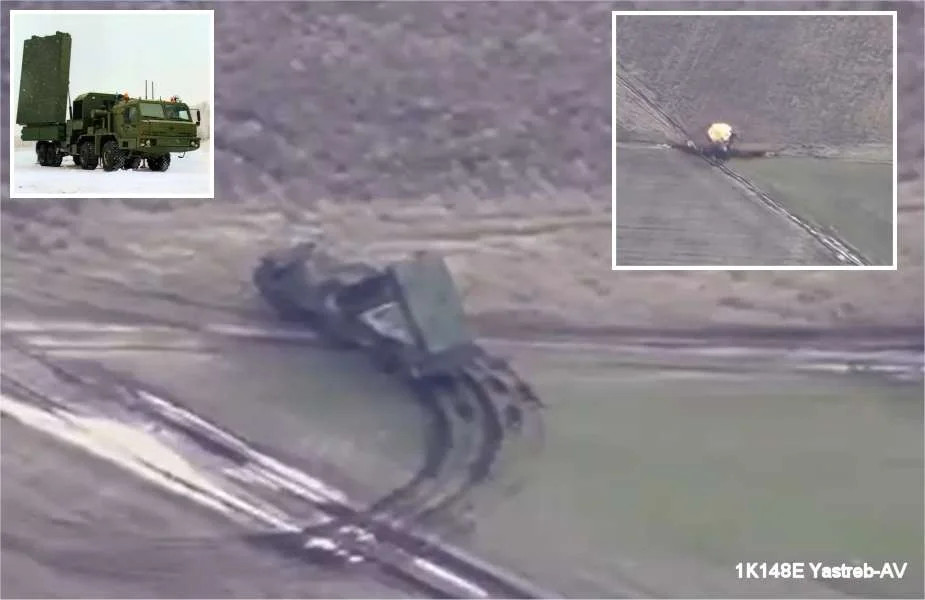
Since the start of the war in Ukraine, Russia has relied heavily on long-range missile attacks to cripple Ukrainian infrastructure and demoralize the civilian population. However, in a recent shift, Russia has begun to focus its missile strikes on a new target: the Ukrainian defense industry.
Escalating attacks and depleting stockpiles
Since December 29th, Russia has unleashed a 500-missile barrage on Ukraine, employing a mix of cruise, ballistic, and drone weaponry. While Ukraine’s air defenses have blunted the attack, Moscow’s aggressive expenditure raises alarms about its long-term missile sustainability. British intelligence suggests Russia has tapped a “significant portion” of its recent stockpile, prompting scrutiny of its ability to maintain this tempo. This escalation marks a new chapter in the conflict, hinting at evolving tactics and resource allocation pressures as both sides vie for strategic advantage.
Russia’s high-tech gamble falls flat
Russia’s bid for artillery dominance via its $250 million Yastreb-AV radar proved short-lived. Within hours of deployment, Ukrainian forces wielding US-made HIMARS rockets pinpointed and eliminated the system. This rapid takedown reveals:
- Arms race in action: Both sides scramble for tech superiority, Russia’s radar gambit countered by Ukraine’s HIMARS deployment.
- Tech’s vulnerability: Even advanced systems are fragile on the battlefield, susceptible to swift neutralization.
- Countermeasures matter: Ukraine’s proactive countermeasures with HIMARS highlight the importance of offensive tech investments.
Radar Rivalry: Ukraine Masters Shelling Showdown
The balance of power leans toward Ukraine, armed with Western-supplied AN/TPQ-36 radars: superior, resilient, and deadly accurate. Russia’s aging Zoopark-1Ms prove no match, falling easy prey to destruction and jamming. The recent takedown of the Yastreb-AV, Russia’s $250 million radar marvel, exemplifies this stark disparity. Ukraine’s quick counter-strike with US-made HIMARS rockets underscores several key points:
- Tech gap: Western advancements give Ukraine a clear edge in awareness and targeting.
- Tech vulnerability: Even high-tech assets remain vulnerable, susceptible to swift neutralization.
- Countermeasure prowess: Ukraine’s proactive countermeasures showcase the importance of offensive tech investments.
As the artillery duel continues, this technological advantage shapes the battlefield. While Russia scrambles to adapt, Ukraine’s mastery of the radar game may dictate the rhythm of this next phase of the war.
Russia shifts aim
Moscow’s missile barrages have a new target: Ukraine’s defense industry. British intelligence suggests this calculated shift acknowledges the potential for a long war, where crippling weapons production becomes crucial. This tactic highlights the evolving conflict and both sides’ ongoing strategic calculations.
West’s role in the balance
Continued Western support, mainly through advanced weaponry like HIMARS and counter-battery radars, could prove critical for Ukraine to maintain its technological edge, blunt Russia’s offensive, and potentially launch counteroffensives.
Escalation looms
The escalating arms race and intensifying fighting raise concerns about a broader conflict spiral. The international community watches with apprehension, anticipating the crisis’s development and its long-term consequences for Ukraine, Russia, and the world.
Russia’s strategic shift in missile targets and the ongoing battle for technological supremacy between the two sides marks a critical point in the Ukraine war. As the fighting intensifies and concerns about sustainability mount, the international community is left to grapple with the potential consequences of this brutal and ever-changing conflict.
